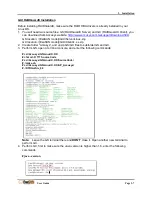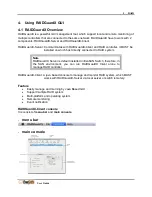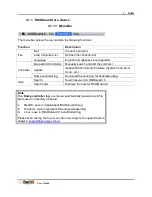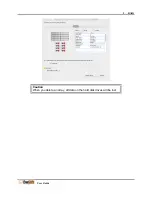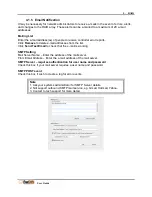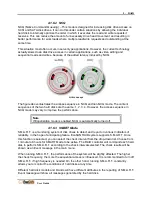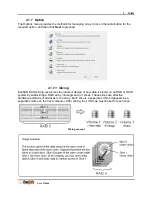
5. RAID
User Guide
4.1.3 Planning your RAID
Before create RAID, it is a good idea to become familiar with the variety of configurations, or
schemes, that are available for the ExaSAN RAID storage. This section describes these
schemes and illustrates how each RAID level is applied.
RAID Level
Description
Capacity
RAID 0
Striping, the fastest and most
efficient array type but offers no fault-
tolerance
Total of all drives
RAID 1
Mirroring, All disks have the same
data
Total of one drive
RAID 5
Block-level striping with distributed
parity, one disk fault tolerant
Total of all drives minus one drive
RAID 6
Block-level striping with double
distributed parity, two disks fault
tolerant
Total of all drives minus two
drives
RAID 0+1
Combines the advantage of R0 and
R1, provides optimal speed and
reliability
One-half the total capacity of
drives (Sum of RAID 1 member
sets)
When configuring RAID, you may take the follow items into consideration:
1. Are you using a DAS or SAN environment?
2. Do you currently have more than one RAID or JBOD?
3. Which is more important, transfer speed or data security? One or two disk fault tolerance?
4. Do you need multiple volume or single volume on your RAID systems?
5. Do you have to consider the metadata volume for SAN software?
6. Do you consider using Global spare drives?
7. The number of disk drives used determines the speed of the RAID created. Take into
account the desired speed when configuring RAID.
Summary of Contents for ExaSAN
Page 7: ...1 Introduction User Guide 1 Introducing ExaSAN PCIe 2 0 Storage System...
Page 18: ...2 Preparation User Guide 2 Preparing to Install ExaSAN B08S3 PS...
Page 21: ...3 Installation User Guide 3 Installing the ExaSAN B08S3 PS...
Page 33: ...4 How to Use User Guide 4 Using RAIDGuardX...
Page 63: ...5 RAID User Guide 5 RAID Overview...




